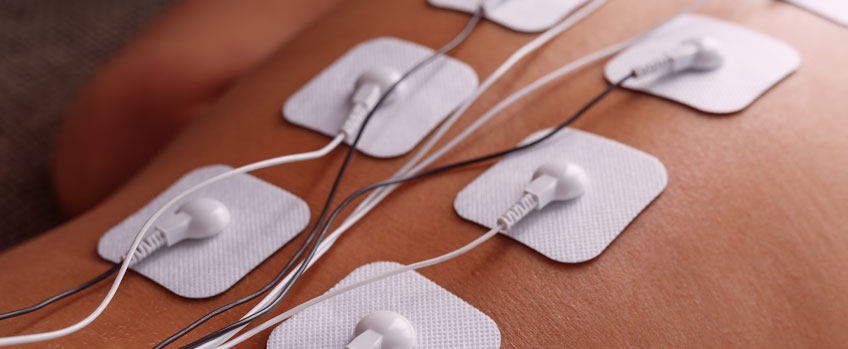Spinal Cord Stimulation

Spinal cord stimulator is a special battery powered device that is fitted over the spinal cord. It is used to treat spinal pain which is not relieved by other methods. It sends low levels of electricity directly into the spinal cord to relieve pain.
Spinal cord stimulators require two procedures to test and implant the device: trial and implantation. Spinal cord stimulation can improve overall quality of life and sleep and reduce the need for pain medicines. It is typically used with other pain management treatments.
Spinal cord stimulators consist of thin wires and a small pacemaker – like a battery pack. The electrodes are placed between the spinal cord and the vertebrae, and the generator is placed under the skin. It allows patients to send the electrical impulses using a remote control when they feel pain. Traditional SCSs replace the sensation of pain with light tingling called paresthesia. For some patients paresthesia might be uncomfortable, newer devices offer ‘sub-perception’ stimulation that might not be felt.
- Back pain
- Post-surgical pain
- Arachnoiditis
- Heart pain
- Injuries to the spinal cord
- Nerve-related pain
- Peripheral vascular disease
- Complex regional pain syndrome
- Pain after an amputation
- Visceral abdominal pain and perineal pain
- Failed back syndrome
- Post laminectomy pain
- Multiple failed operations
- Epidural fibrosis
- Complex regional pain syndrome

